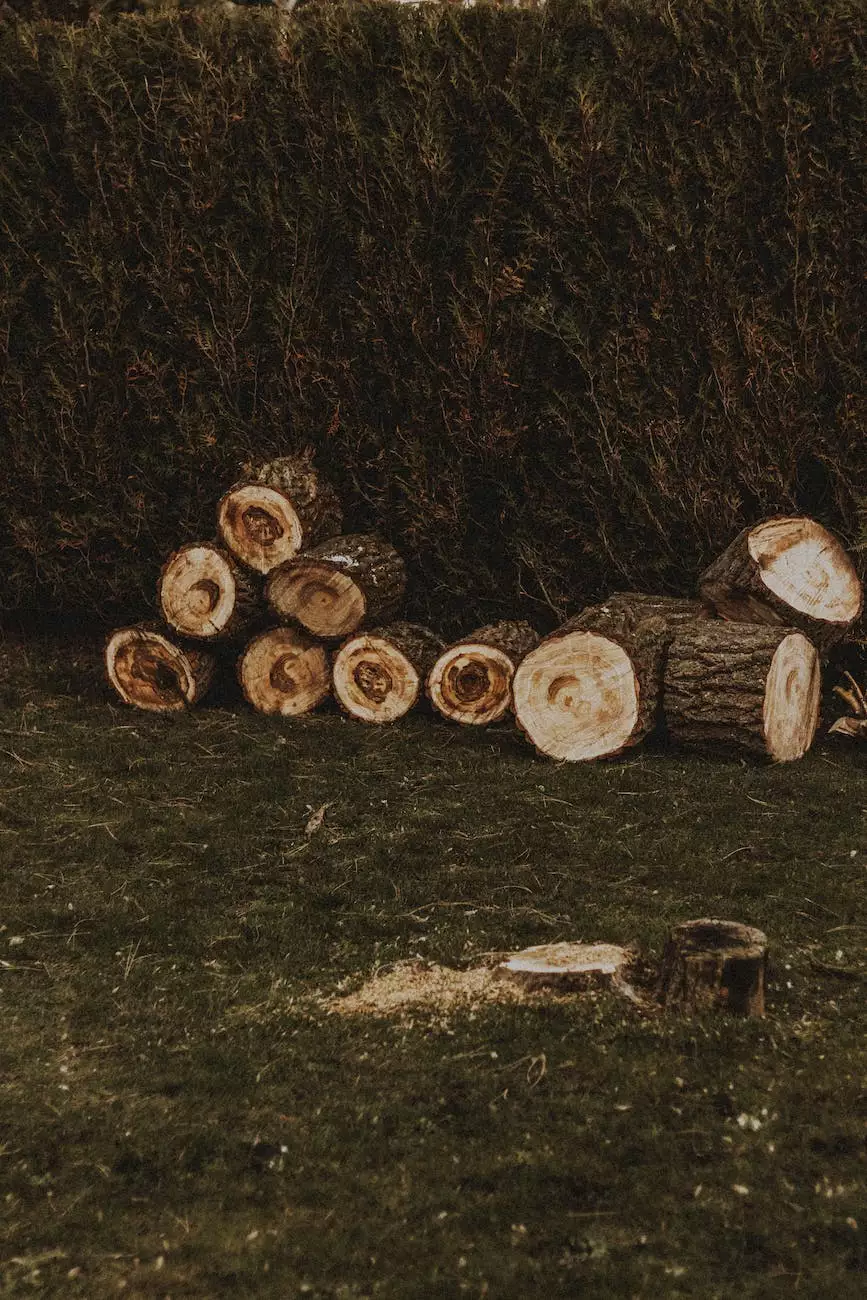How to Grow Citrus in Iowa - Expert Tips from Cutting Hedge Services

Welcome to Cutting Hedge Services, your trusted source for all things gardening and landscaping in Iowa. Are you eager to add a touch of tropical delight to your Iowa garden? Look no further than growing citrus trees! Despite Iowa's challenging climate, with careful planning and our expert tips, you can successfully grow citrus trees right here in the heartland.
Choosing the Right Citrus Varieties
When it comes to growing citrus in Iowa, selecting the appropriate varieties is crucial. Opt for cold-hardy citrus varieties that can withstand Iowa's harsh winters. Varieties such as "Improved Meyer Lemon," "Poncirus Trifoliata," and "Keraji Dwarf" have proven to thrive in colder climates.
Preparing the Soil
Before planting your citrus trees, it's important to ensure that the soil is well-prepared. Citrus trees prefer well-draining soil with a slightly acidic pH level (around 6.0-6.5). Perform a soil test to determine the soil's pH, and amend it accordingly. Incorporating organic matter, such as compost or peat moss, will help improve soil structure and fertility.
Planting Citrus Trees
Early spring is the most favorable time to plant citrus trees in Iowa. Start by digging a hole twice as wide and deep as the root ball. Gently place the tree into the hole, ensuring the graft union is above the soil level. Backfill the hole with soil while gently tamping it to remove any air pockets. Finally, water the tree thoroughly.
Providing Proper Sunlight and Watering
Citrus trees thrive in full sunlight, so select a location that receives at least 6-8 hours of direct sunlight each day. It's crucial to ensure your trees are adequately watered, especially during the hot summer months. A general rule of thumb is to provide 1-1.5 inches of water per week, either through rainfall or irrigation.
Fertilizing Citrus Trees
Regular fertilization is essential to promote healthy growth and fruit production in citrus trees. Use a balanced, slow-release fertilizer specifically formulated for citrus plants. Apply the fertilizer around the tree's dripline, following the instructions on the packaging. Avoid over-fertilization, as it can lead to nutrient imbalances and damage the tree.
Protecting Citrus Trees from Cold Temperatures
Iowa's winters can be harsh, posing a threat to your citrus trees. Protect them by wrapping the trunks with insulating materials, such as burlap or frost blankets. Mulching around the base of the tree with organic matter, such as straw or wood chips, helps retain soil moisture and insulate the roots. In extreme cold, consider using a temporary cold frame or greenhouse.
Pest and Disease Control
Vigilance against pests and diseases is crucial for maintaining healthy citrus trees. Regularly inspect your trees for common citrus pests, such as aphids, scale insects, and mites. If detected, treat them with organic insecticides or soaps specifically designed for citrus trees. Additionally, be watchful for signs of diseases like citrus canker or greening. Consult with local gardening experts for recommendations on disease prevention and treatment.
Harvesting Citrus Fruits
With time and care, your citrus trees will reward you with delicious fruits. Harvest citrus fruits when they reach their peak ripeness. Carefully cut the fruits from the tree, leaving a small stem attached. Citrus fruits can be stored at room temperature for a few days or refrigerated for longer shelf life.
Conclusion
Growing citrus trees in Iowa may require some extra effort, but with our expert tips from Cutting Hedge Services, you'll be able to create a flourishing citrus oasis in your own backyard. By choosing the right varieties, preparing the soil, providing proper sunlight and watering, and implementing pest control measures, you can successfully grow an abundant citrus harvest even in Iowa's unique climate. Get started today and enjoy the taste of homegrown citrus fruits all year round!










